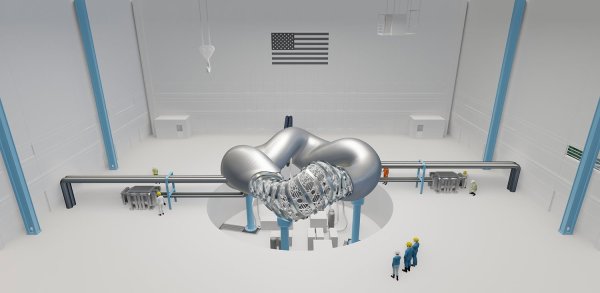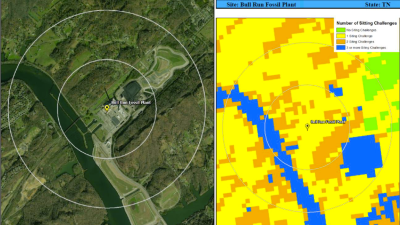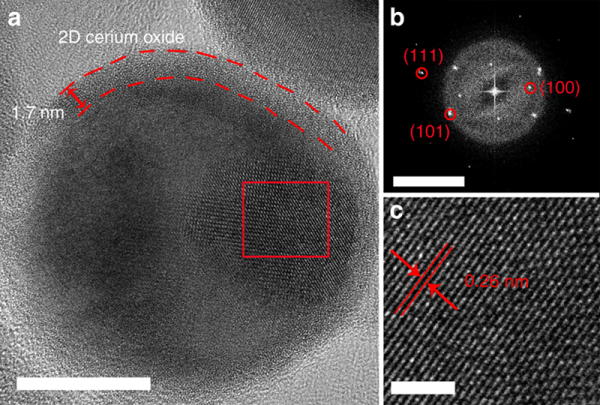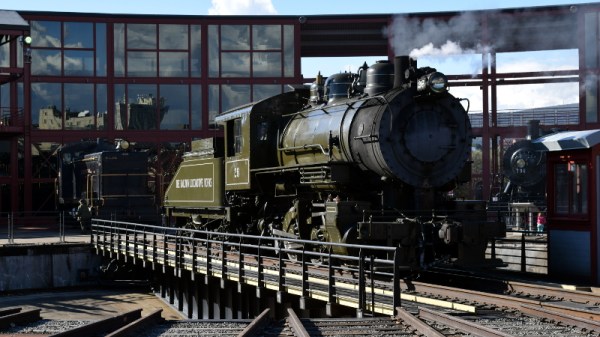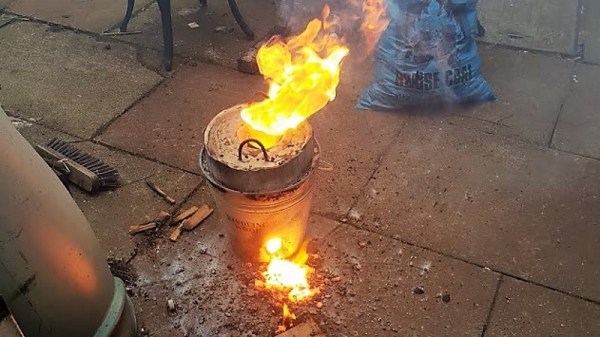For most of history, the world got along fine without the rare earth elements. We knew they existed, we knew they weren’t really all that rare, and we really didn’t have much use for them — until we discovered just how useful they are and made ourselves absolutely dependent on them, to the point where not having them would literally grind the world to a halt.
This dependency has spurred a search for caches of rare earth elements in the strangest of places, from muddy sediments on the sea floor to asteroids. But there’s one potential source that’s much closer to home: coal ash waste. According to a study from the University of Texas Austin, the 5 gigatonnes of coal ash produced in the United States between 1950 and 2021 might contain as much as $8.4 billion worth of REEYSc — that’s the 16 lanthanide rare earth elements plus yttrium and scandium, transition metals that aren’t strictly rare earths but are geologically associated with them and useful in many of the same ways. Continue reading “From The Ashes: Coal Ash May Offer Rich Source Of Rare Earth Elements”



